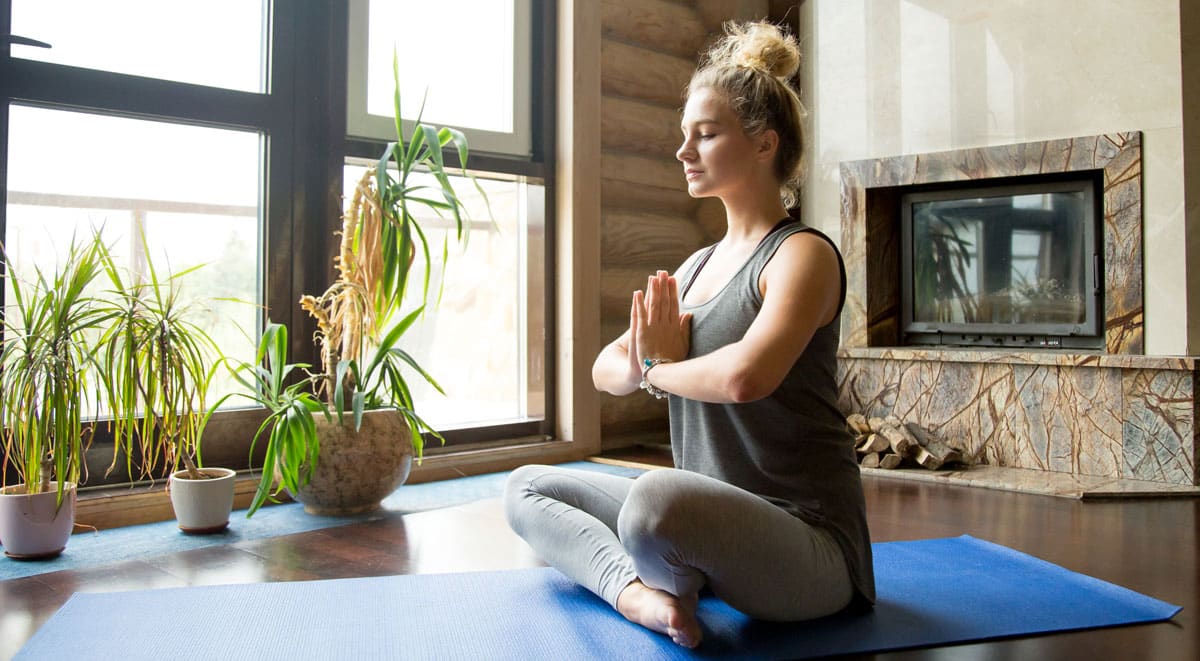Meditation is a practice that promotes several benefits for the body and mind. Learn how to meditate alone at home with these tips.
In times of quarantine, many people are increasingly looking for ways to relieve stress and anxiety. A very popular practice lately is meditation. Regardless of religious belief or practice, meditation is a great way to improve concentration and relax. However, many people don’t know the best way to start or how to meditate.
First of all, it is necessary to demystify some concepts related to meditation. The traditional pose, the use of incense and specific clothing, none of this is mandatory when a person decides to start meditating. How to meditate is more about your personal preferences and what works for you than these standards.
Meditation is a simple thing, and that is precisely why it can be so difficult. But nothing is impossible, and the benefits of this practice are immense. Therefore, if you are curious and interested in starting to meditate, this subject is for you. Today we are going to learn more about meditation and some tips on how to meditate alone at home or at work.
Meditation
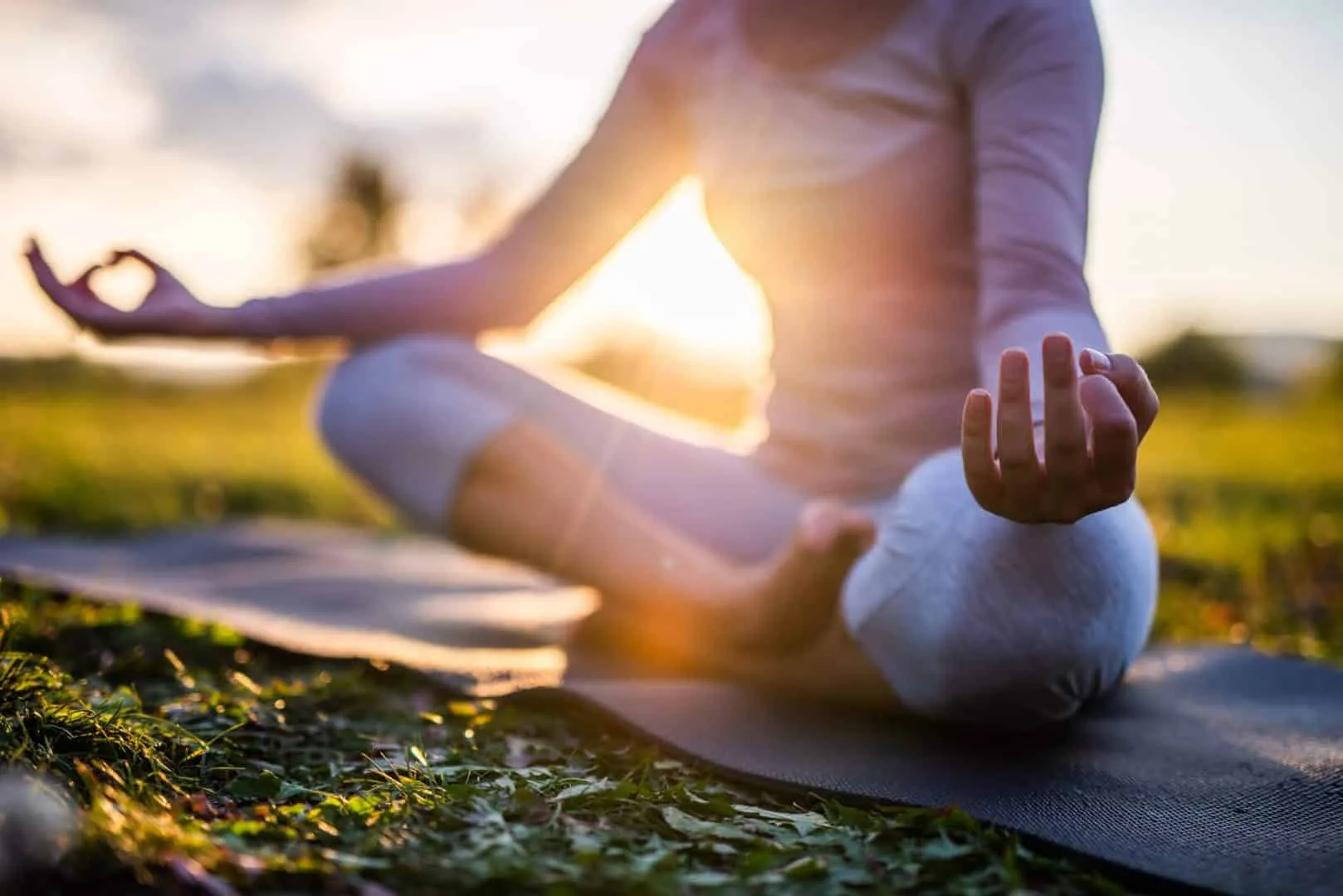
One thing is a fact, all meditative techniques are related to more subjective spiritual issues. However, meditation is not an exclusively religious practice. So let go of that idea.
In fact, meditation is a concentration technique that aims to guide the mind into a state of calm and relaxation. This is done through some specific methods that involve posture, focusing attention and breathing. The purpose of meditation is to achieve tranquility and inner peace, consequently reducing stress, anxiety, improving focus, productivity and sleep.
Generally, meditation is practiced in dedicated places, with group or individual classes guided by an instructor. However, it can also be practiced in other environments, such as at home or in a park, for example. Furthermore, it can be done alone, with or without the help of a guide.
Benefits of meditation

As previously stated, the practice of meditation provides many benefits for the mind and body. Just look for reports from practitioners and you will have an idea of how beneficial this practice can be. As well as several medical, neurological and psychological studies that approve the practice of meditation, proving its positive effects in the treatment of various disorders.
Therefore, a regular meditation practice will promote more control of thoughts and maintain focus on everyday activities. In addition to other benefits such as:
- Helps in the treatment of depression, reducing symptoms;
- Helps in the treatment of eating and obsessive-compulsive disorders.
- Relief from chronic pain;
- Helps control stress and anxiety;
- Improves sleep quality, consequently reducing insomnia;
- Increased productivity, ability to concentrate and focus;
- Helps control high blood pressure;
- Improves glycemic control in diabetes;
Types of meditation
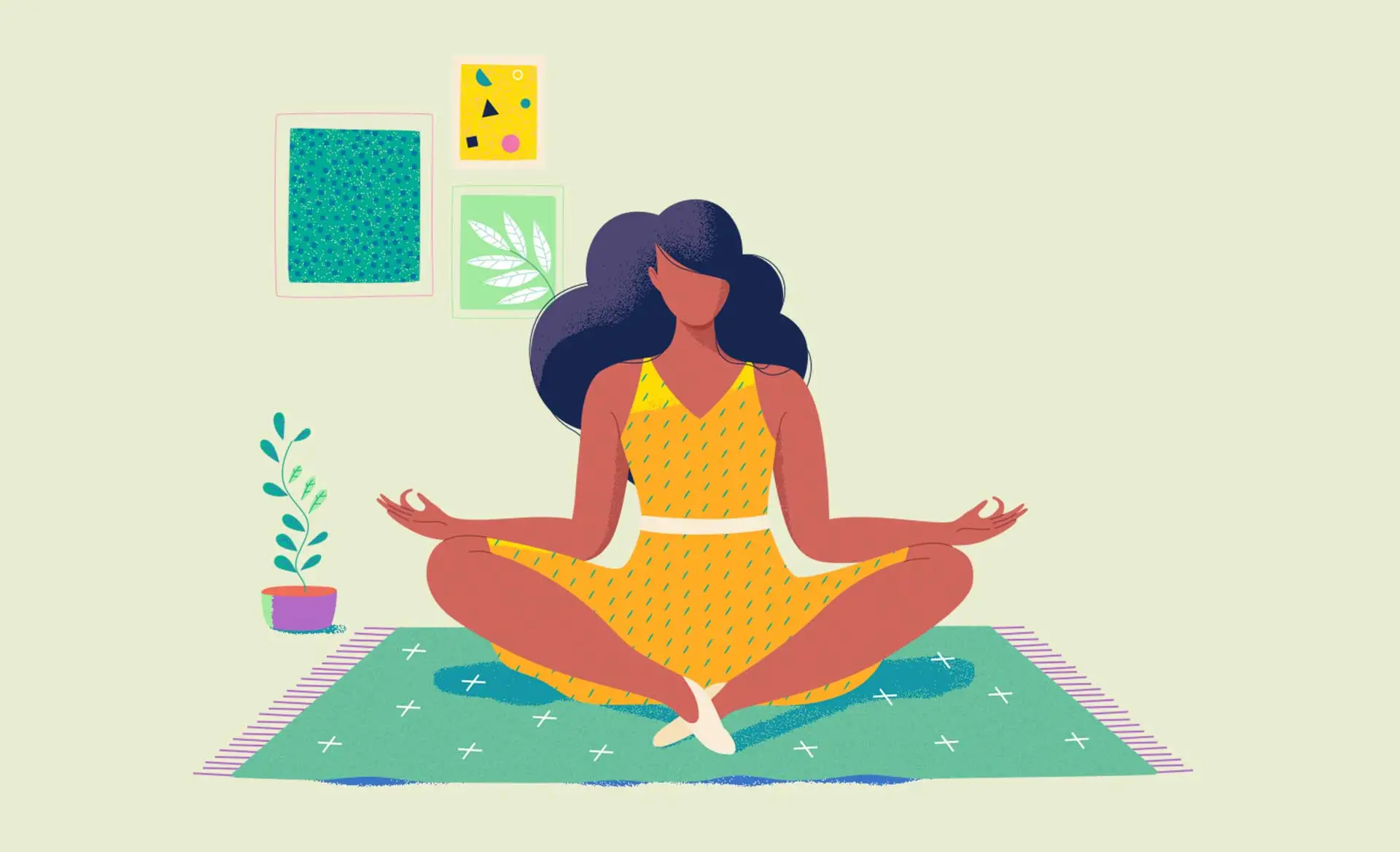
Before knowing the tips on how to meditate, we need to know that there are several different aspects and proposals for meditation. So, let’s get to know the most common types:
- zazen;
- vipassana;
- kundalini;
- tonglen;
- metta;
- transcendental;
- kadampa;
- tantric;
- Christian;
- yoga;
- Hare Krishna;
- qigong;
- mindfulness
Among all these aspects, we will focus on mindfulness meditation or full attention. Mindfulness meditation is one of those responsible for popularizing the practice of meditation in the West. Several studies have already proven the benefits of this practice.
The concept of mindfulness encompasses a mental state that involves full attention and an attitude of not pre-judging situations. In other words, it is nothing more than the act of taking a break and being in the present. Very different from the “automatic” mental state that we are used to in our daily lives.
How to meditate?
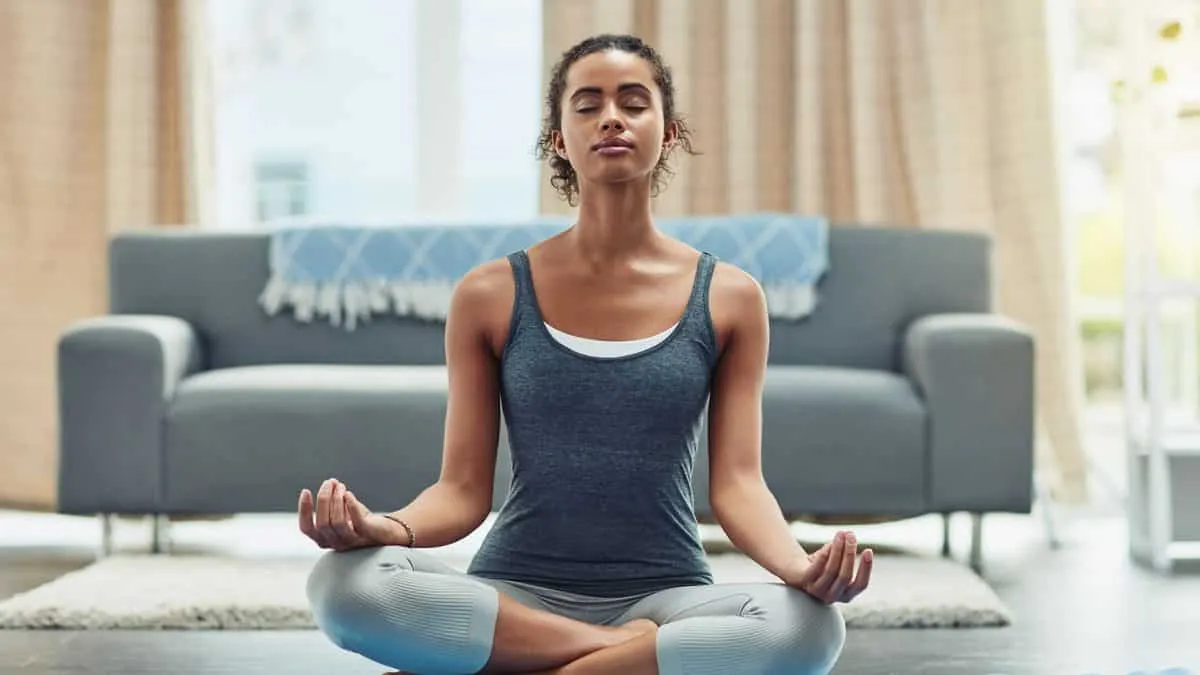
There are several ways to learn to meditate on your own. Therefore, you can choose to take a meditation course, there are several online options that guide you from the basics to the advanced. In addition, there are also a multitude of videos on YouTube and free apps that give instructions on how to meditate. There are guided meditations and tutorials for all levels.
However, depending on your goals and the type of instruction you are looking for, the paid version of these apps may be interesting for you. It is still an investment in your own well-being and health. If this is the case, a tip is to try the free version of different applications to find the content that most closely matches your needs.
But other than that, we’ve put together some tips for you to start meditating alone at home.
Step by step on how to meditate
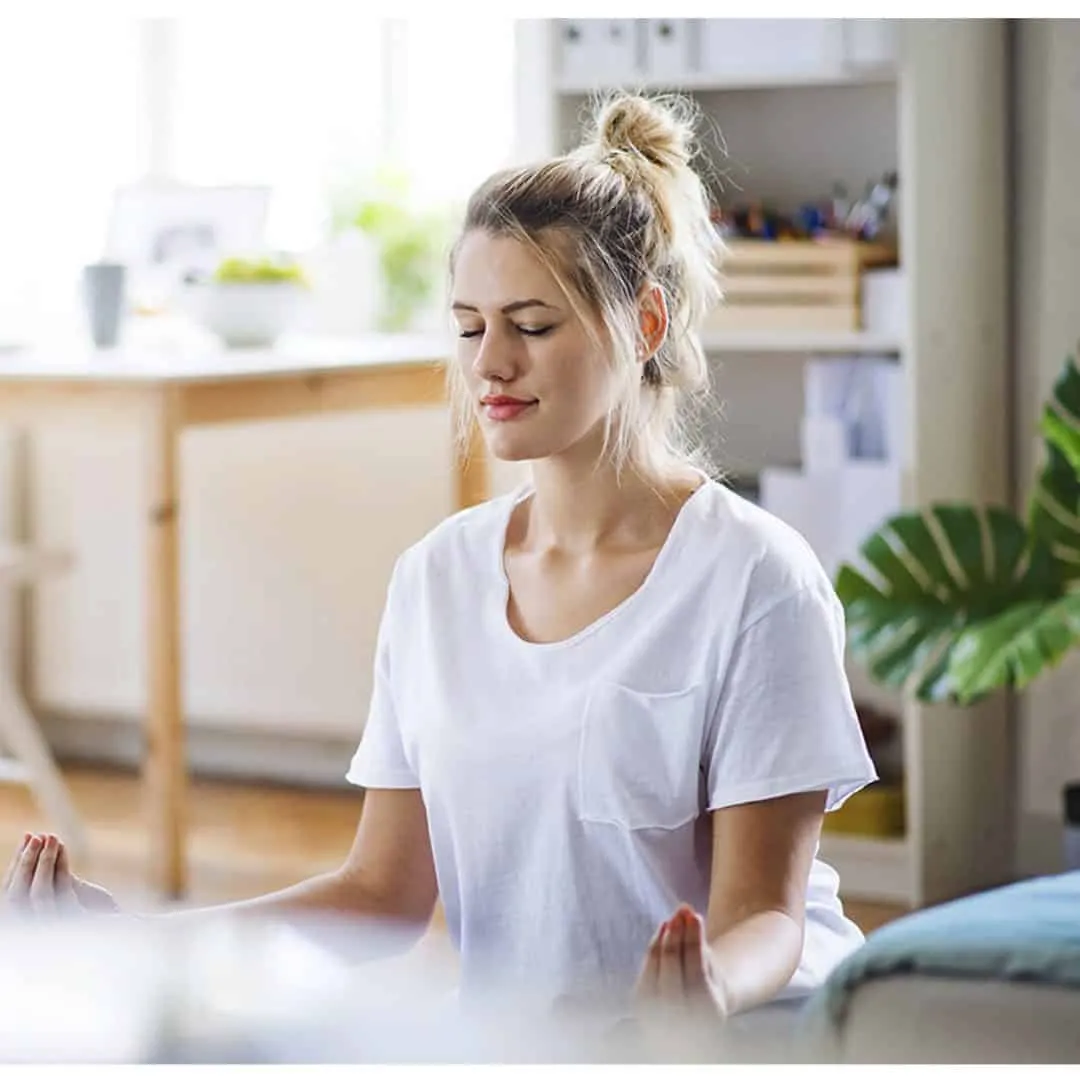
1 – Take a moment to meditate
This part is essential, setting aside a moment in your day to meditate. There is no best time to meditate, it can be when you wake up, to start the day more relaxed and focused, or before bed. Or even in the middle of the day, take a break to recharge your energy and rest your mind. But it is essential to make this a habit and establish a time for it, a commitment to meditation that is part of your routine.
2 – Choose a quiet place
When meditating, turn off the television, leave your cell phone on silent and look for a quiet, peaceful place. The ideal is to avoid any distractions, noises, or interruptions. If you prefer, dim the lights and play ambient music in the background. If possible, choose comfortable clothes that make you feel comfortable.
3 – Establish meditation time
As it is a focus exercise, it is essential to indulge in the practice of meditation. Meditation time varies from person to person. But the ideal is to do a practice of 5 to 20 minutes to make the most of the benefits of meditation.
Therefore, for those just starting out, 20 minutes or more can be a lot, especially because it gives you a lot of time to be distracted. Which is totally normal in meditation, don’t worry about it. So, to find the ideal time frame for you, start by doing shorter sessions of less than 10 minutes. And over time increase this interval as is comfortable for you.
Use a timer to set your practice time. This way you will avoid distractions linked to worrying about time, whether it has already passed the stimulated time or if it is about to end.
4 – Find a comfortable position
When we talk about meditation, the lotus or Indian position comes to mind. However, this is just a reference for posture, it doesn’t need to be that way. Therefore, the important thing is to find a position that is comfortable for you, it can be sitting in a chair, on the floor, on a cushion or pillow.
It is important that you position yourself so that your spine is erect, but without any discomfort. Place your hands at your sides, on your legs or on your belly. You can also do this lying down, with your belly up, your body stretched out and your hands where you prefer.
Therefore, after finding a comfortable position, relax your body and keep your eyes closed if you prefer. This helps to avoid visual stimuli and distractions from the environment.
5 – Focus on breathing
At this stage, it’s time to start meditating. The basis of meditation is breathing, used to direct thoughts to a concrete thing, which favors concentration on a single point.
So, breathe in slowly, feeling the air entering your nostrils and filling your lungs. Hold the air inside you for a few seconds, and then exhale slowly. During this process, notice how each part of your body reacts to this movement.
When you inhale, you can count to 4, while pulling the air in, count again while holding the air, and repeat the count again on the exhale. It’s important to find a comfortable rhythm for your breathing, so you can stay focused on the movement. At first, it may be a little more difficult to keep control of your breathing, this comes with time. Therefore, don’t force yourself when breathing, do it in the most natural and pleasurable way possible.
6 – Leave your thoughts free
As for random thoughts, don’t worry or cover yourself up, they will naturally appear in your mind during practice. And that’s okay, it’s totally normal. So let the thoughts come and go naturally. So when this happens, use your breath as an anchor, a place you return to when you get distracted.
7 – Feel your body
In addition to breathing techniques, you can also focus your thoughts on the sensations in your own body. Just like breathing, just let your thoughts feel each part of your body.
First of all, start by focusing on your scalp, feeling this part of your body completely, relaxing it. Then it goes down the body, feel your face, forehead, cheeks, jaw, mouth and every part of the face. Spend a few seconds focusing your attention on this part.
Then continue exploring your body, feeling the back of your neck, shoulders, torso, abdomen, spine, arms and hands. Do this until you reach the tips of your toes.
Anyway, what did you think of this article? In fact, take the opportunity to also check out yoga positions to transform your body.
Sources: Hypescience Student Guide Art of Living Vittude Tua Saúde
Featured image: Zen
Images: Treme Terra Student Guide Medley Delas Pajaris

Sign up for our newsletter and stay up to date with exclusive news
that can transform your routine!
Warning: Undefined array key "title" in /home/storelat/public_html/wp-content/plugins/link-whisper-premium/templates/frontend/related-posts.php on line 12
Warning: Undefined array key "title_tag" in /home/storelat/public_html/wp-content/plugins/link-whisper-premium/templates/frontend/related-posts.php on line 13

